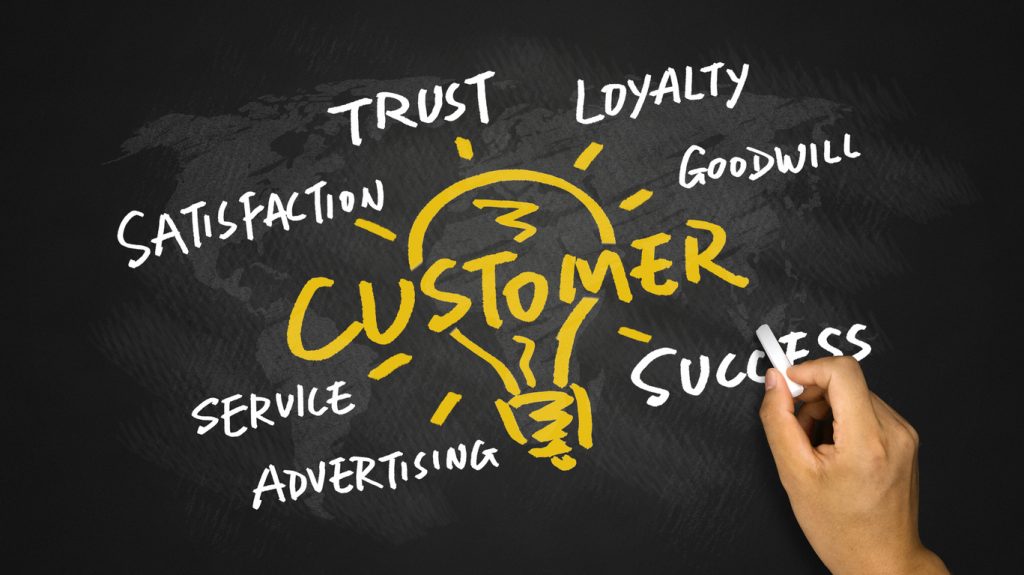Introduction
Customer success stories are powerful tools that can transform how potential clients perceive your brand. By showcasing real-world experiences and proven results, these stories build trust, establish credibility, and drive conversions. In this blog post, we’ll explore the impact of customer success stories, how to create compelling narratives, and the best ways to leverage them for business growth. Whether you’re just getting started or looking to enhance your existing strategy, these insights will help you unlock the full potential of customer success stories.

What Are Customer Success Stories?
Customer success stories are powerful narratives that showcase how real customers have achieved positive results using a product or service. These stories typically follow a structure that highlights the customer’s initial challenge, the solution provided, and the measurable outcomes they experienced. By sharing authentic experiences, customer success stories build credibility, create emotional connections, and serve as persuasive social proof that can influence potential buyers’ decisions.
Customer success stories are real-life accounts that highlight how a product or service has helped customers overcome challenges and achieve their goals. These stories showcase the customer’s journey, detailing the problem they faced, the solution provided, and the positive results they experienced. By sharing these authentic experiences, businesses can build trust, demonstrate value, and inspire potential customers to take action.
Benefits of Using Customer Success Stories
Using customer success stories offers several powerful benefits for businesses. They build trust and credibility by showcasing real-world results and satisfied customers, making your brand more relatable and trustworthy. These stories also serve as persuasive social proof, helping to influence potential buyers’ decisions by demonstrating the value and effectiveness of your product or service. Additionally, they enhance brand reputation, drive conversions, and can be repurposed across various marketing channels, including social media, email campaigns, and sales presentations, to maximize their impact.

How to Create Compelling Customer Success Stories
To create compelling customer success stories, start by selecting the right customers—those who have achieved significant results and are enthusiastic about sharing their experiences. Structure the story using a clear narrative arc: begin with the customer’s challenge, explain the solution provided, and highlight the positive outcomes with measurable results. Incorporate authentic quotes and testimonials to add credibility and emotional impact. Use visuals such as images, videos, or infographics to make the story more engaging. Finally, keep the story concise and relatable, ensuring it resonates with your target audience.
Best Practices for Writing Customer Success Stories
When writing customer success stories, start with an attention-grabbing headline that highlights the key result or benefit. Use a storytelling approach that is relatable and easy to follow, focusing on the customer’s journey from challenge to success. Keep the tone authentic and conversational to build trust. Incorporate data and specific metrics to quantify the impact, making the story more persuasive. Use direct quotes from the customer to add credibility and emotional connection. Finally, optimize the story for SEO by including relevant keywords and making it easily shareable across digital channels.

Customer Success Story Examples from Industry Leaders
Industry leaders leverage customer success stories to showcase the real-world impact of their products and services. For example, Salesforce uses detailed case studies to highlight how companies have improved sales productivity and customer engagement through their CRM solutions. HubSpot shares success stories demonstrating how businesses have increased website traffic and lead generation using their marketing tools. Slack showcases how teams have enhanced communication and productivity through their platform. These examples illustrate the power of storytelling combined with concrete results, inspiring potential customers to envision similar successes for their own businesses.
How to Distribute and Promote Customer Success Stories
To maximize the impact of customer success stories, strategically distribute and promote them across multiple channels. Start by publishing them on a dedicated section of your website, such as a “Case Studies” or “Customer Stories” page, optimized for SEO. Share snippets or highlights on social media platforms to engage a broader audience. Include them in email marketing campaigns to nurture leads and build credibility. Repurpose them into video testimonials, blog posts, or infographics for diverse content formats. Additionally, integrate these stories into sales presentations and pitch decks to provide persuasive social proof during the decision-making process.

Measuring the Impact of Customer Success Stories
To measure the impact of customer success stories, track key performance metrics that align with your marketing and sales goals. Monitor website analytics to evaluate page views, time spent on the story, and bounce rates, indicating engagement levels. Measure lead generation by tracking form submissions or inquiries linked to the success story page. Analyze social media metrics, such as shares, comments, and click-through rates, to gauge audience reach and interaction. Additionally, assess conversion rates to determine how effectively the stories influence purchasing decisions. Using tools like Google Analytics and CRM systems can help you gain deeper insights into the overall effectiveness of your customer success stories.
Challenges and Solutions in Creating Customer Success Stories
Creating customer success stories comes with challenges, such as obtaining customer approval and maintaining authenticity. Some customers may hesitate to share their experiences publicly due to privacy concerns or brand policies. To overcome this, clearly communicate the benefits of participation, such as increased exposure or enhanced credibility. Another challenge is crafting a compelling narrative without exaggeration. Focus on honest storytelling by using real data and genuine quotes. Additionally, balancing storytelling with marketing can be tricky—ensure the story remains customer-centric, highlighting their journey and success rather than overtly promoting your product.

Conclusion and Call to Action
Customer success stories are powerful tools that build trust, demonstrate value, and drive conversions by showcasing real-world results. By crafting authentic and compelling narratives, you can effectively influence potential buyers and enhance your brand’s credibility. Now that you understand the importance and best practices for creating impactful customer success stories, it’s time to start leveraging them for your business. Ready to get started? Contact us today to learn how we can help you create powerful customer success stories that resonate with your audience and drive growth.

